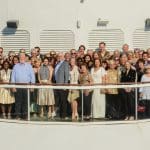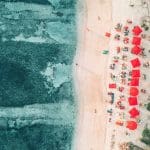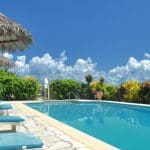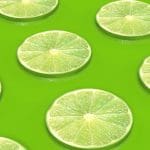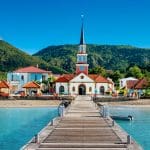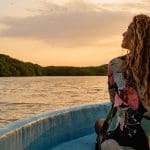District is coated with intriguing mosaics
IAN STALKER
Jose Fuster has been painstakingly and literally creating his sprawling Havana art project in bits and pieces.
The Cuban artist is responsible for the Fusterlandia project in the Havana-fronting neighbourhood of Jaimanitas, which has seen homes, businesses and benches in a five-block area covered with mosaics telling of both Cuban culture and history, and other more whimsical tiled artworks that wouldn’t normally be associated with the Latin country, including ones of mermaids and elephants.
Fuster, who arrived in the neighbourhood in 1975 and began his project in 1994, estimates that millions of tiles of varying shapes, sizes and colours have to date have been used in his ongoing work.
“It’s been a long process,” concedes Fuster, who draws inspiration from the likes of Picasso and helps finance his project through sales of his paintings, which are more mainstream in nature than his tiled creations.
Cuba is frequently reflected in his art, with one large street mosaic showing Fidel Castro, Che Guevara and other guerrillas sailing to Cuba in the 1950s on their boat Granma to begin their campaign to topple the then government.
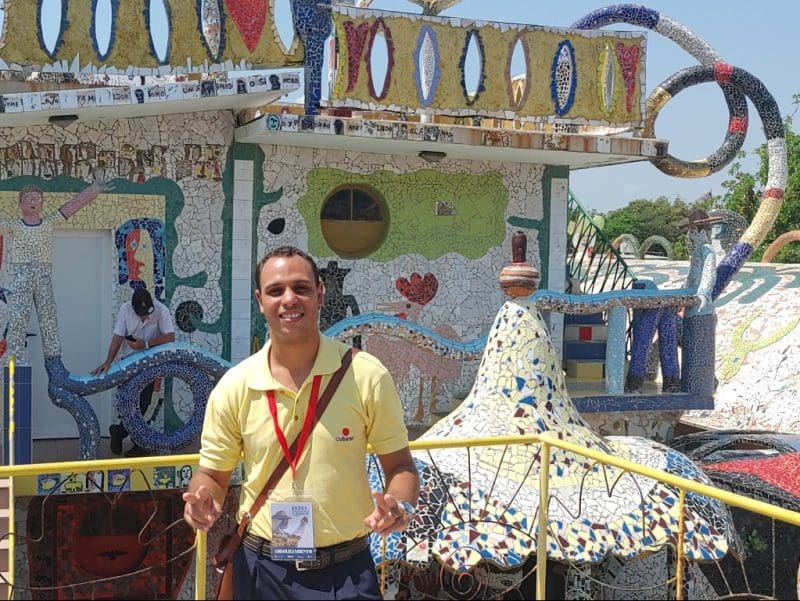
Another image with political overtones shows late Venezuelan leader Hugo Chavez — a close confidant of Castro — wearing his trademark red beret
But other mosaics are more reflective of everyday life and some showcase items that aren’t part of daily Cuba at all, with Fuster acknowledging that Cubans sometimes “see the world in different ways.”
There are also tributes to other Latin countries, such as Nicaragua and Costa Rica, with those mosaics reflecting typical Central American landscapes and animals.
Fuster offers to coat the walls of neighbourhood homes with mosaics, with area residents generally eagerly accepting the offer but some declining.
Mosaics were seen as a sign of wealth in ancient times, but Fuster labels himself an “artist of the common people” who hasn’t become rich through his work.
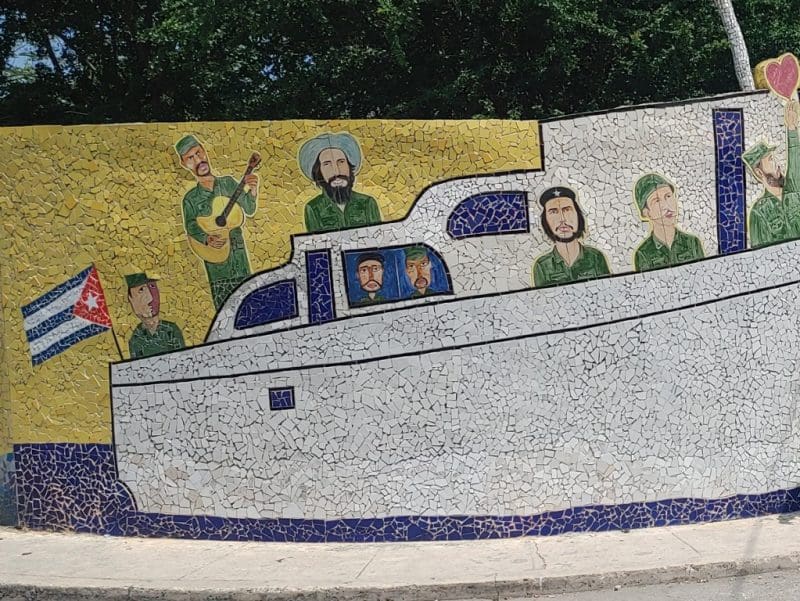
Fuster’s art has put Jaimanitas on the tourist map, with tour buses now a common sight in it, and musicians Madonna and Bon Jovi having visited the district, as have world leaders.
Stores featuring souvenirs have opened to cater to the visitors.
Havana tour guide Vladimir Gallloso says tourists are often initially caught off guard when first viewing Fuster’s work. “They don’t realize what it is until they come here.”
Toronto travel personality Steve Gillick in turn says he found Fusterlandia eye-catching after a recent visit.
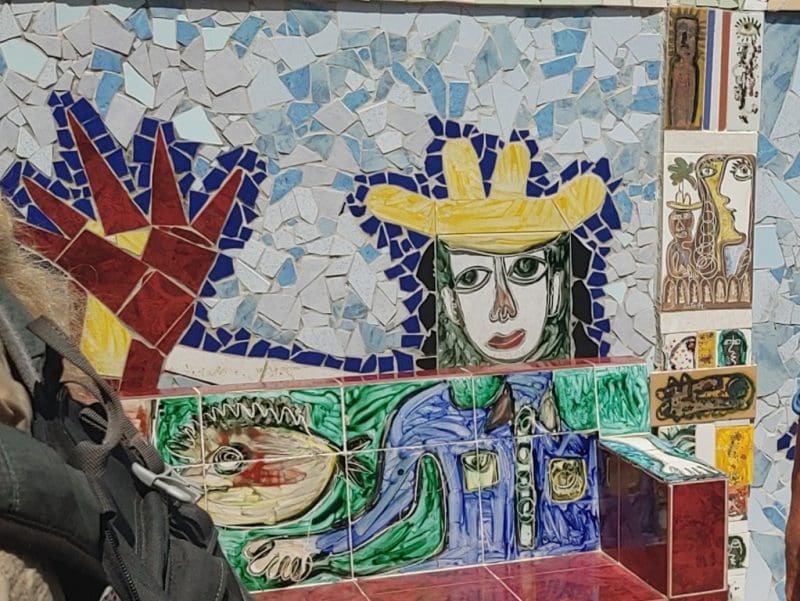
“When someone is nicknamed the Picasso of the Caribbean, the Cuban Gaudi, or the Cuban Brâncusi, it’s got to get your attention,” Gillick says, adding Fusterlandia tiles now “adorn murals, arches, sculptures, hearts, walls, and faces, reflecting Cuban culture, religion, politics, whimsey, and fantasy. The artist himself is an endearing character who poses for photos with his works, and shares information about his creative visions with tourists who visit his vast compound. A trip to Fusterlandia is ideal for lovers of art, photographers, and those who are just curious to see the amount of work, dedication, and passion, reflected in Fuster’s interpretation of the world around him.”
Meanwhile, Fuster is confident that his project will continue to expand in the years to come, even if he’s not there to oversee that growth.
“My great, great, great grandchildren will all work here,” he confidently predicts.


